Common myths about American history, debunked
American history is filled with fascinating tales, but not all of them are as truthful as they seem. Over the years, myths have crept into the stories we tell, sometimes overshadowing the facts.
It’s time to shine a light on these misconceptions and uncover the truth behind some of the most famous legends in American history.
The Myth of Columbus Discovering America
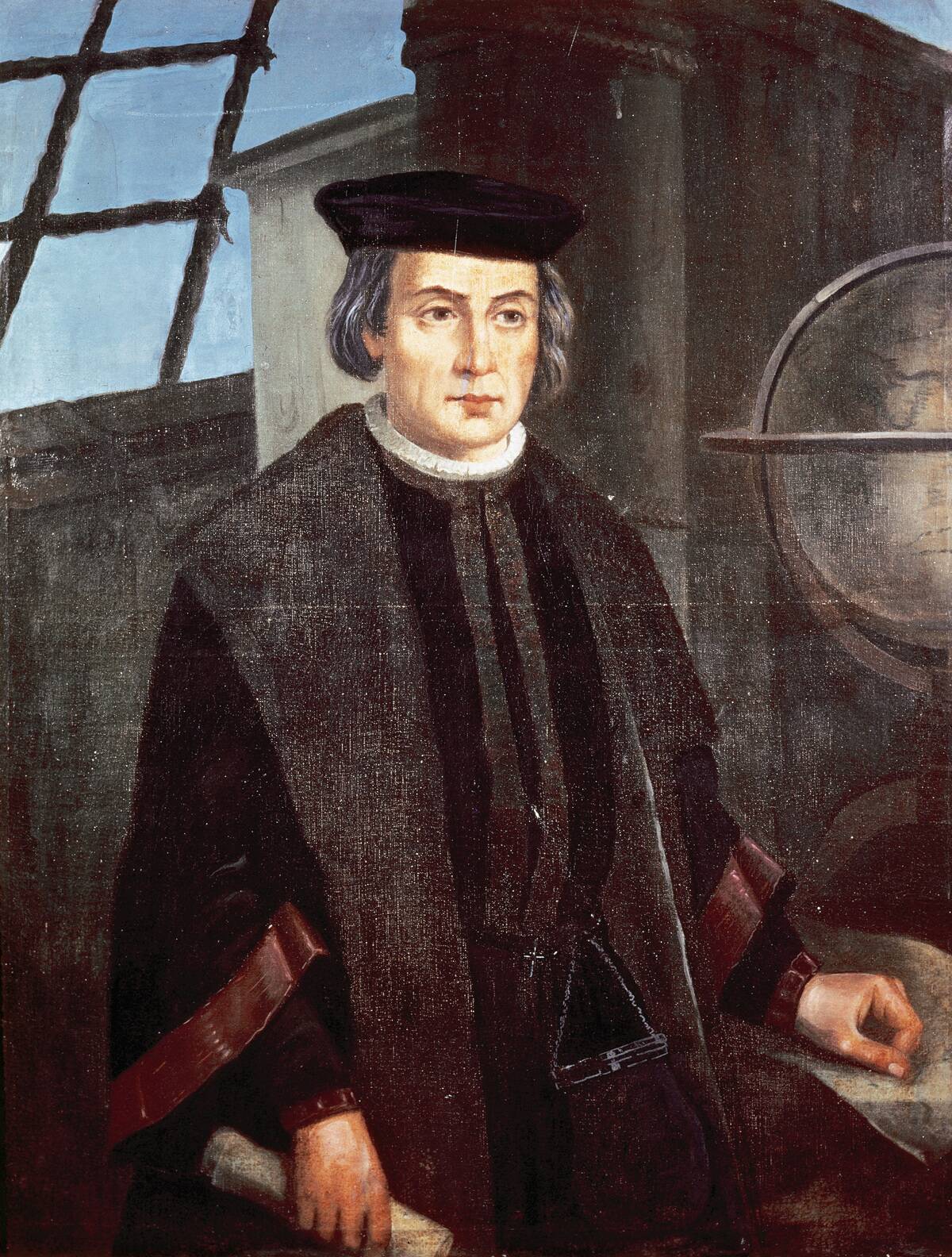
While Christopher Columbus is often credited with discovering America in 1492, this is a simplification of history. In reality, indigenous peoples had been living on the continent for thousands of years before his arrival.
Furthermore, Norse explorer Leif Erikson is believed to have reached North America around 500 years earlier, establishing a settlement in what is now Newfoundland, Canada.
George Washington and the Cherry Tree Tale

The story of young George Washington confessing to chopping down a cherry tree with the famous line, “I cannot tell a lie,” is more fiction than fact.
This tale was invented by biographer Mason Locke Weems in the early 19th century to illustrate Washington’s honesty. While an endearing story, there is no historical evidence to support it.
The Real Story Behind the Thanksgiving Feast
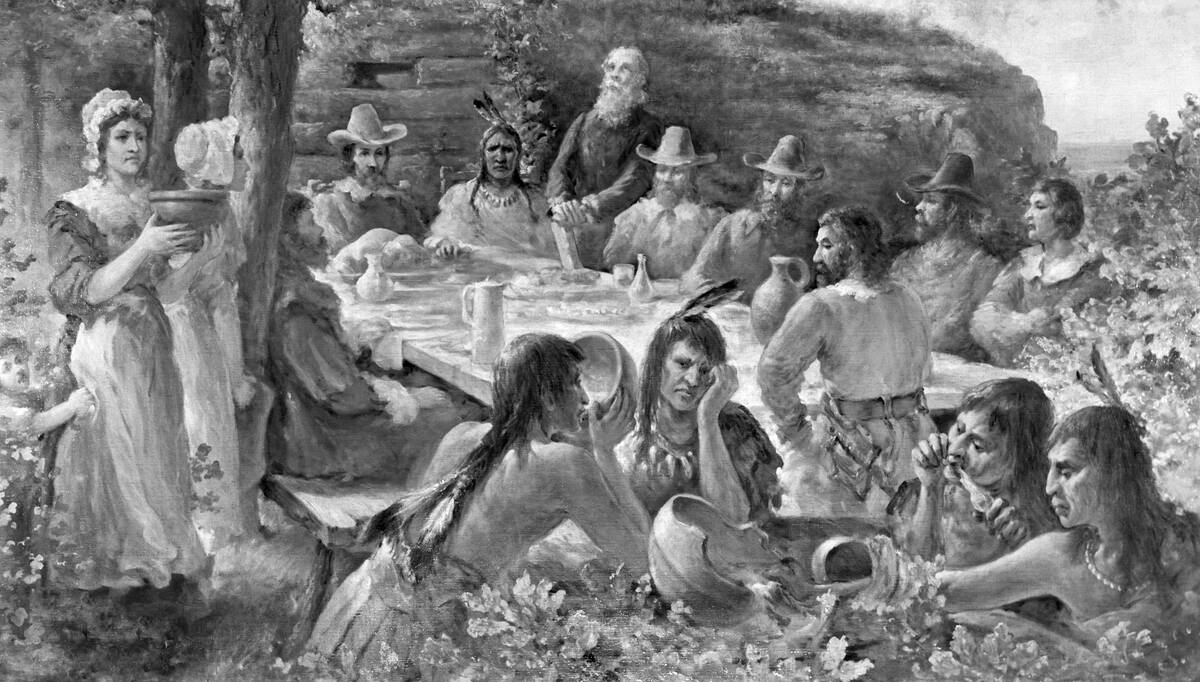
The first Thanksgiving is often depicted as a harmonious feast between Pilgrims and Native Americans. However, the reality is more complex.
The 1621 feast in Plymouth did include a meal shared by Pilgrims and the Wampanoag people, but it wasn’t an annual tradition. The holiday as we know it today wasn’t established until much later, influenced by various cultural and historical factors.
Betsy Ross and the First American Flag
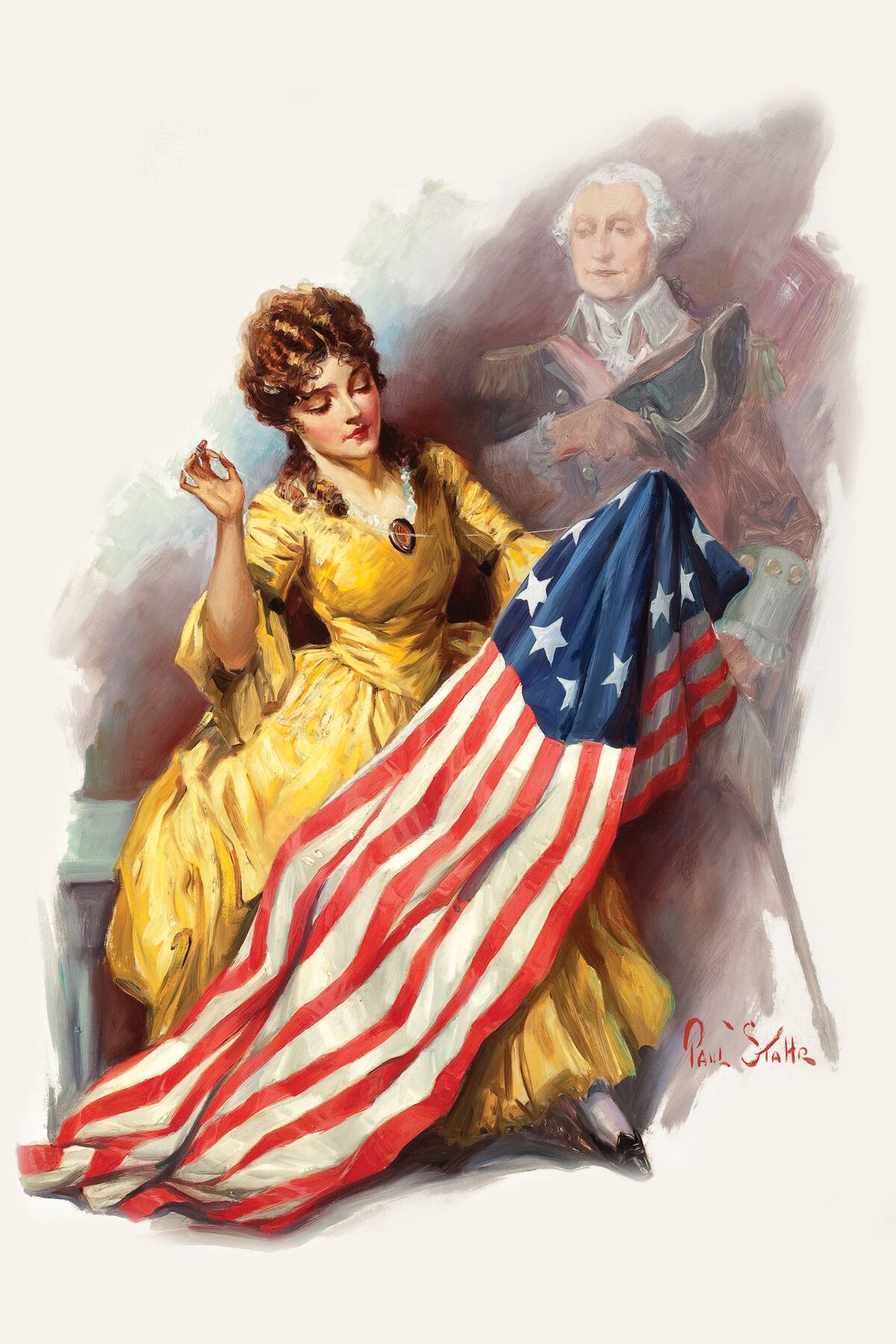
Betsy Ross is often credited with sewing the first American flag, but historians debate the accuracy of this claim. The story originated from her grandson, William Canby, in 1870, nearly a century after the fact.
While Ross was indeed a seamstress in Philadelphia, there is no definitive evidence linking her directly to the creation of the flag.
Paul Revere’s Midnight Ride: Separating Fact from Fiction
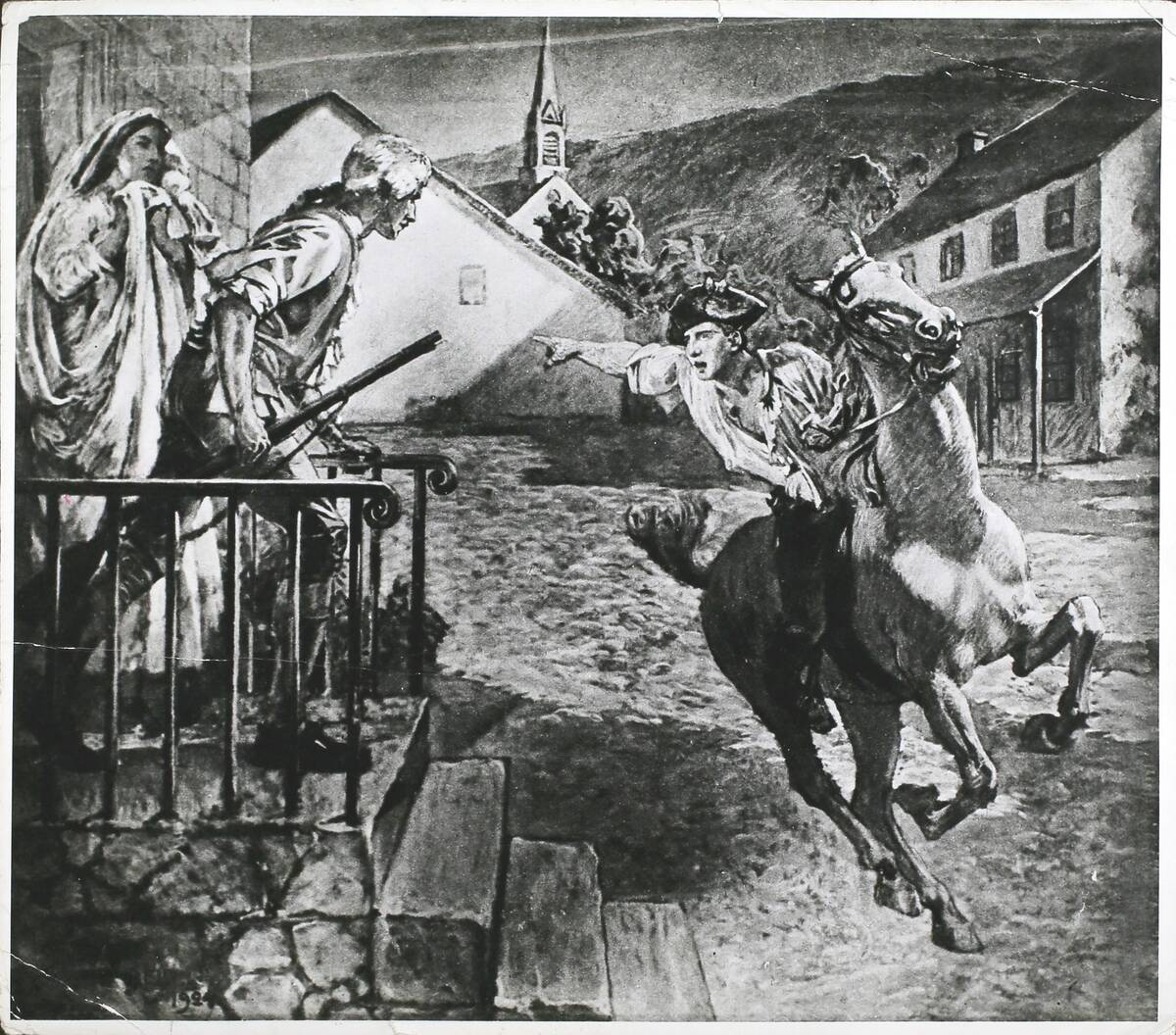
Paul Revere’s midnight ride is legendary, but it owes much of its fame to Henry Wadsworth Longfellow’s poem, “Paul Revere’s Ride,” published in 1861.
In truth, Revere was one of several riders that night, and his mission was to warn Samuel Adams and John Hancock of the British approach. He was captured before reaching Concord, but the message was successfully delivered by others.
The Truth About the Liberty Bell’s Famous Crack
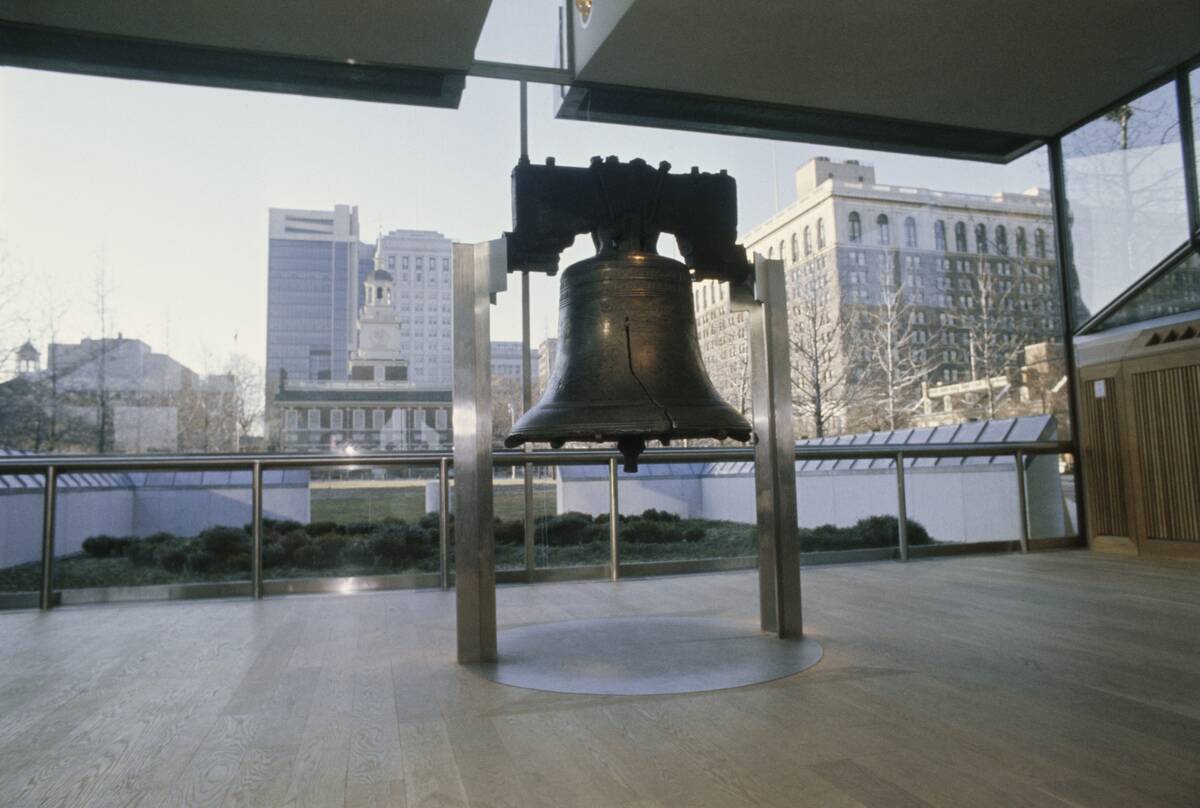
The iconic crack in the Liberty Bell is often shrouded in mystery. The bell was originally cast in 1752 and cracked during an initial test strike, but it was recast. This means that by 1846, it cracked again under unknown circumstances. Although legends say it cracked during the funeral of Chief Justice John Marshall in 1835, no evidence from the time supports this claim.
After recasting, it served as a symbol of American independence but developed a narrow crack in the early 19th century, rendering it unringable. The crack we see today was widened to prevent further damage.
Did Benjamin Franklin Really Discover Electricity with a Kite?
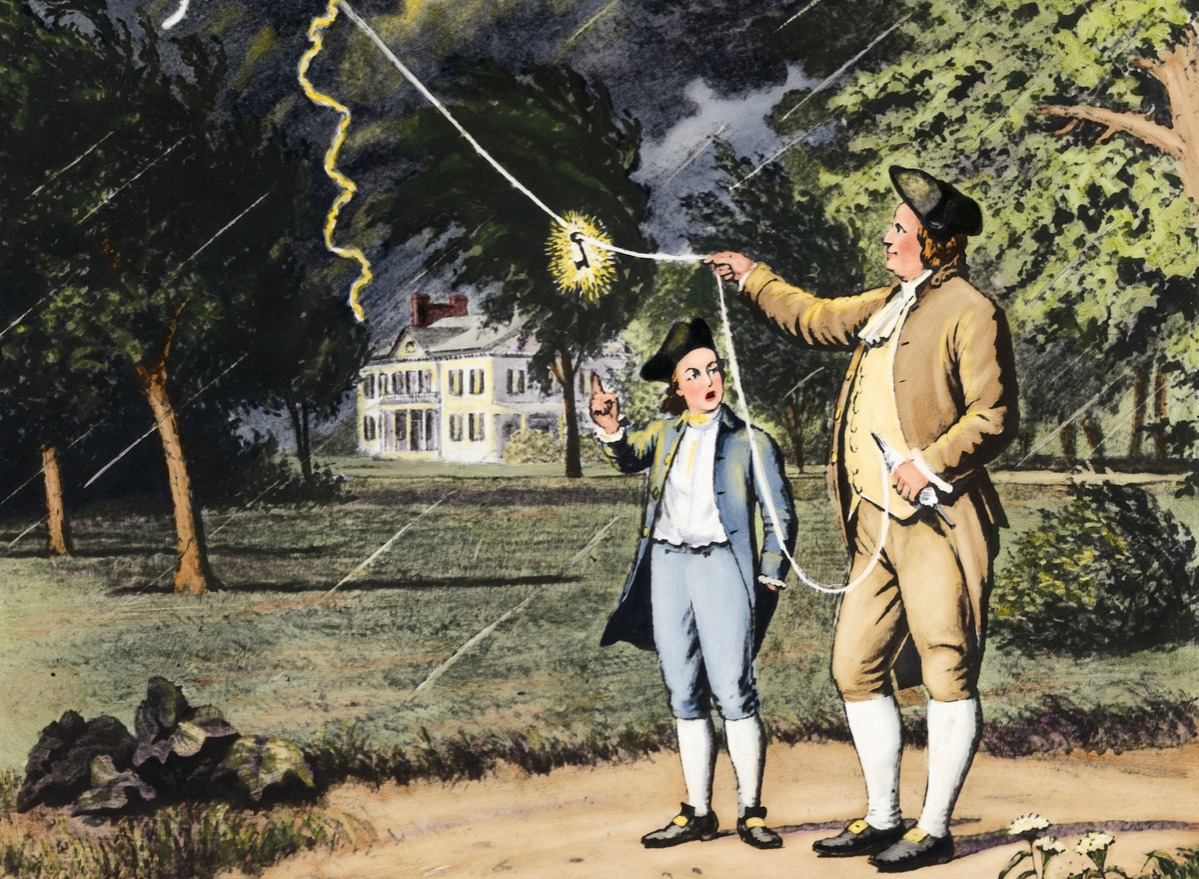
Benjamin Franklin’s famous kite experiment is often simplified to suggest he discovered electricity, but the reality is more nuanced. In 1752, Franklin used a kite to demonstrate the electrical nature of lightning, proving that lightning was a form of electricity.
While he did not discover electricity itself, his experiments contributed significantly to the study of electricity.
The Wild West: More Fiction than Fact
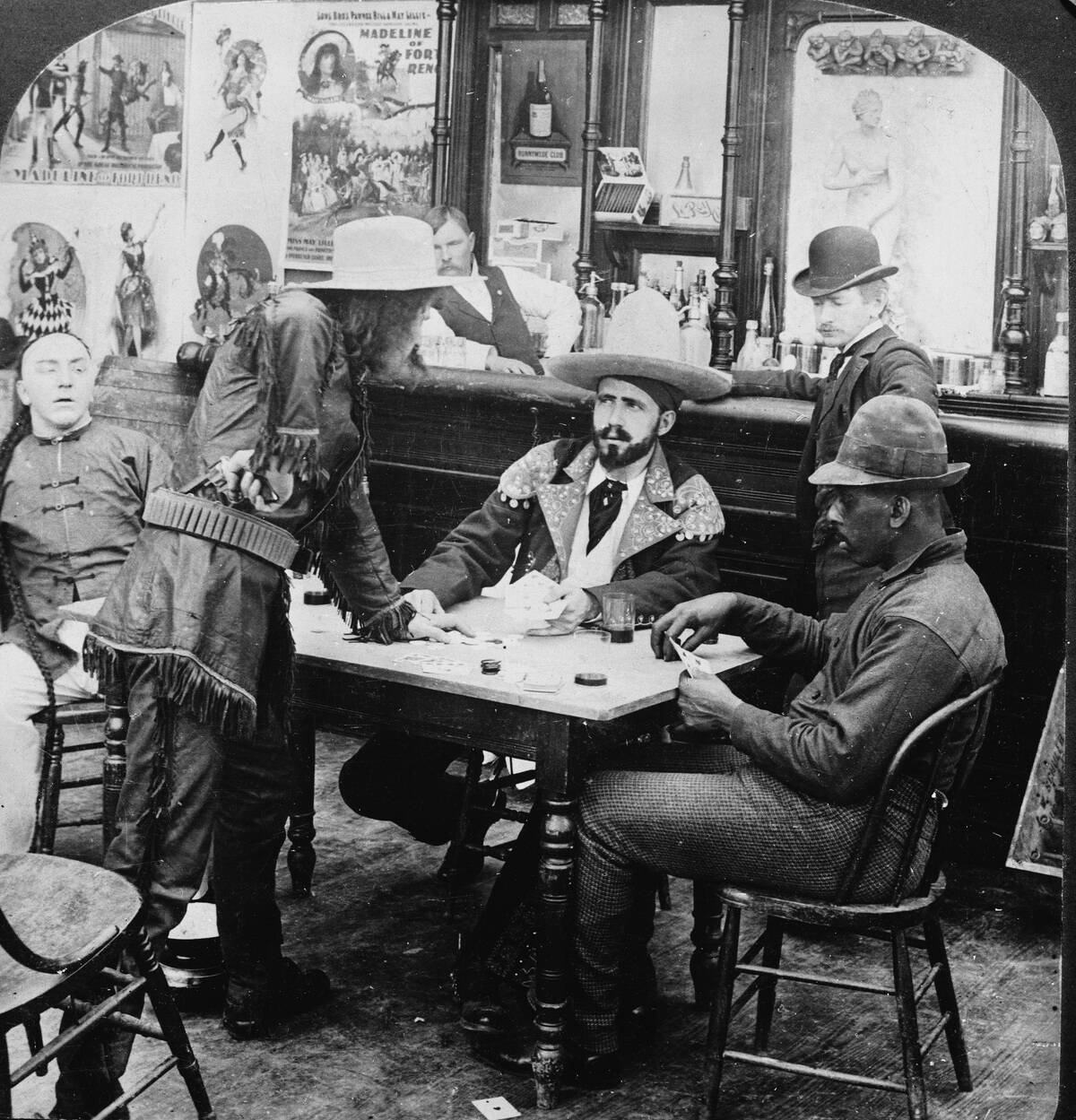
The Wild West is often portrayed as a lawless frontier filled with gunfights and outlaws. While some of this is rooted in truth, many stories have been exaggerated or romanticized.
In reality, many towns had established law enforcement, and gunfights were not as common as Hollywood might suggest. The era was diverse and complex, with settlers, Native Americans, and immigrants shaping its history.
Abraham Lincoln’s Stance on Slavery: A Closer Look

Abraham Lincoln is celebrated as the Great Emancipator, but his views on slavery were more pragmatic than radical.
While he personally opposed slavery, his primary focus during the Civil War was preserving the Union. The Emancipation Proclamation in 1863 was a strategic war measure that freed slaves in Confederate states, but it did not immediately abolish slavery nationwide.
The Misunderstood Pilgrims and Their Buckled Hats

The image of Pilgrims donning black outfits and buckled hats is more myth than reality. This stereotypical depiction emerged in the 19th century and doesn’t accurately reflect 17th-century Pilgrim attire.
Historical records indicate that Pilgrims wore colorful clothing and that buckles didn’t become fashionable until later. These misconceptions often overshadow the Pilgrims’ true story of seeking religious freedom.
Cowboys and Their Iconic Hats: A Historical Correction
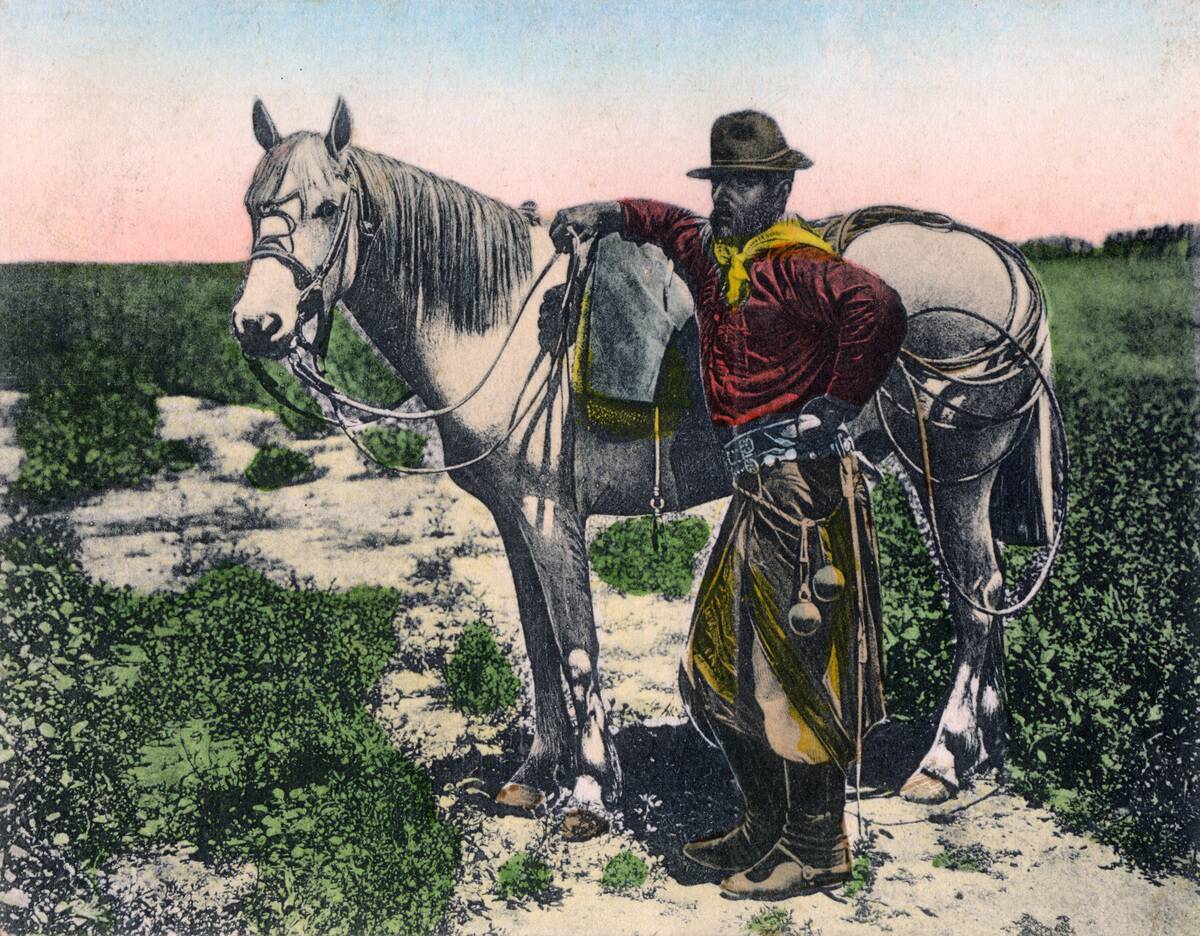
The cowboy hat is an iconic symbol of the American West, but its association with cowboys is largely a product of Hollywood. In reality, cowboys in the 19th century wore a variety of hat styles, including bowler hats and sombreros, which were more practical for their work. The wide-brimmed “Stetson” hat became popular only later, thanks to its durability and versatility.
The Salem Witch Trials: Myths and Realities
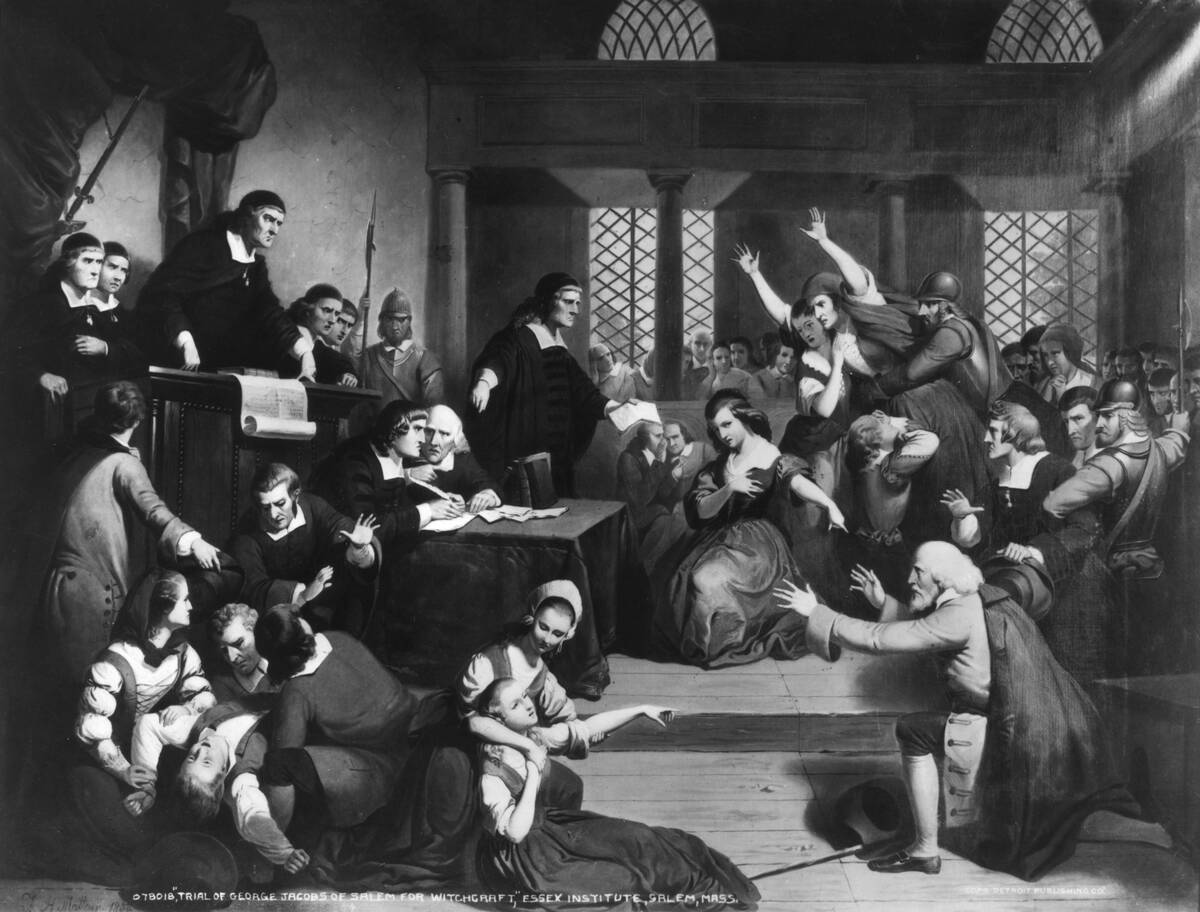
The Salem Witch Trials are often remembered as a dark period of mass hysteria, but many details have been distorted over time. In 1692, 20 people were executed, but the trials affected a broader community, with hundreds accused.
Factors like local politics, family feuds, and economic tensions contributed to the frenzy. Understanding these complexities helps illuminate the real story behind the trials.
The Myth of Manifest Destiny: A Deeper Dive
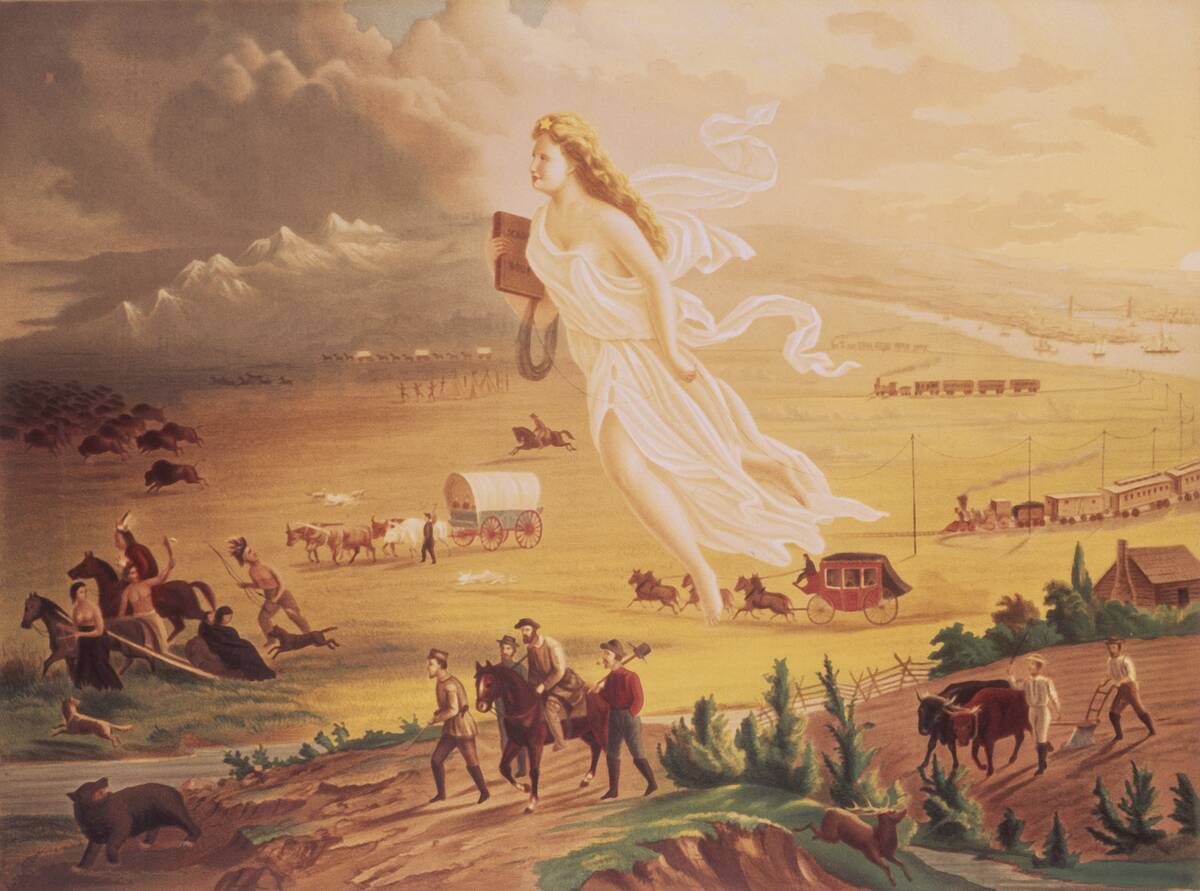
Manifest Destiny is often remembered as the belief that American expansion was divinely ordained, but its implications were far more complex. Coined in the 19th century, it justified territorial acquisition and displacement of Native Americans.
This ideology shaped U.S. policy and fueled westward expansion, but it also led to significant conflicts and cultural upheaval, leaving a lasting impact on the nation. It also wasn’t as widely or enthusiastically adopted as it seemed, as opponents saw perilous risks in such expansion. Even proponents didn’t have a unified vision of what it looked like.
Thomas Edison vs. Nikola Tesla: Who Really Lit Up America?
![[redacted] Exhibits First Successful Incandescent Lamp](https://media.tellmebest.com/wp-content/uploads/2023/01/thomas-edison-exhibits-first-successful-incandescent-lamp.-24215.jpeg)
The rivalry between Thomas Edison and Nikola Tesla is legendary, yet often oversimplified. Edison championed direct current (DC), while Tesla promoted alternating current (AC).
Ultimately, AC became the standard for long-distance power transmission due to its efficiency, partially because the staunchly anti-AC Edison left the electricity business by 1890 and his former company began adopting it. Though Edison is credited with many inventions, Tesla’s AC system was crucial in electrifying America, highlighting the significance of both men’s contributions.
The Gold Rush: Separating Myth from Reality
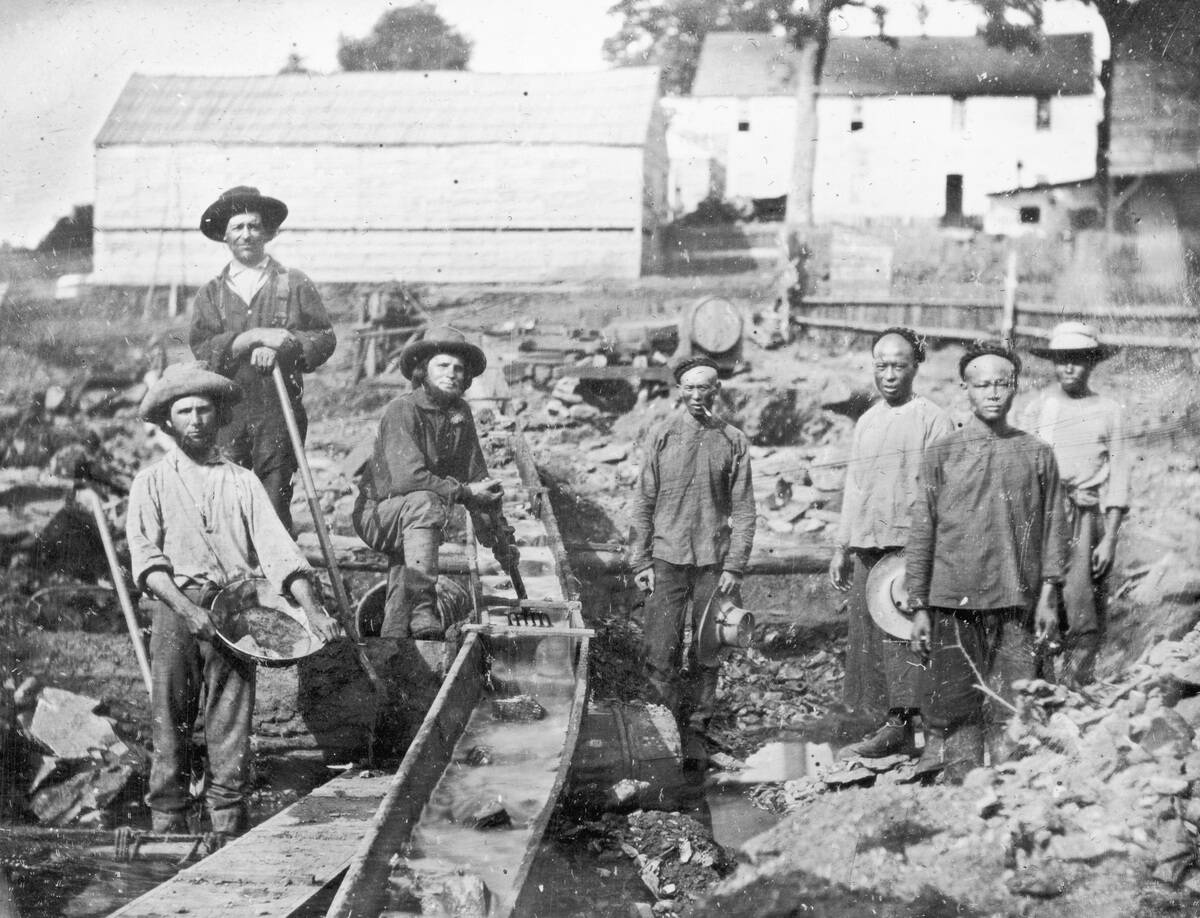
The California Gold Rush is often romanticized as a time of easy fortune, but the reality was grittier. Beginning in 1848, it sparked a massive influx of prospectors, known as “forty-niners,” who flocked to California during the following year.
While some struck it rich, most faced harsh conditions and financial ruin. The Gold Rush significantly impacted California’s development, but it wasn’t the guaranteed path to wealth that many believed.
The Boston Tea Party: More Than Just a Tea Spill

The Boston Tea Party is often remembered as a simple act of defiance, but its significance runs deeper. On December 16, 1773, American colonists, frustrated with British taxation without representation, dumped over 90,000 pounds tea into Boston Harbor.
Despite how it’s viewed in retrospect, the act was also not universally supported by prominent revolutionary figures at the time, as both George Washington and Benjamin Franklin decried it.
Pocahontas and John Smith: A Tale of Fiction
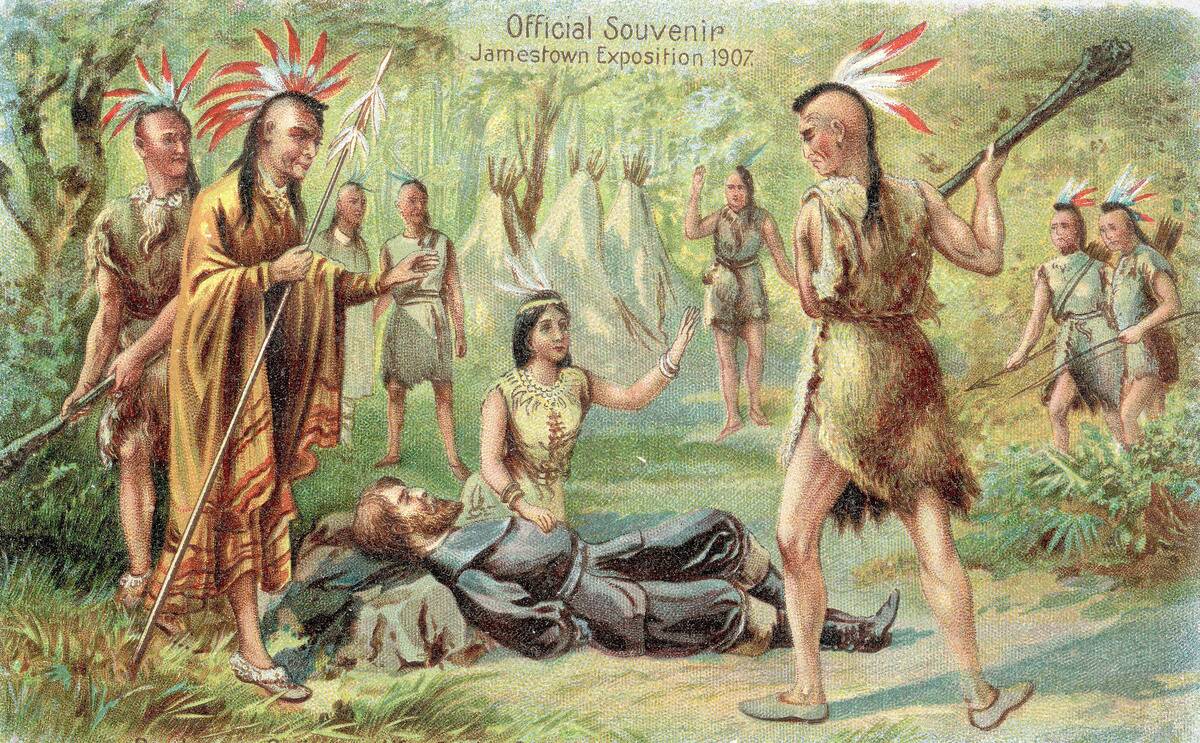
The story of Pocahontas saving John Smith has become legendary, but it’s largely fictionalized. Smith’s account of being saved by Pocahontas is the only source, and historians question its accuracy.
Pocahontas, whose real name was Matoaka, did play a role in peace efforts between English settlers and Native Americans, but her life was more complex than the romanticized tales suggest.
The Truth About the Statue of Liberty’s Origins

The Statue of Liberty is a symbol of freedom, but its origins are often misunderstood to mark the end of American slavery. Gifted by France in 1886, it was intended to celebrate Franco-American friendship and shared values of liberty.
Sculptor Frédéric Auguste Bartholdi designed the statue, while Gustave Eiffel engineered its internal structure. Its dedication ceremony marked the beginning of a new era of immigration to America.




